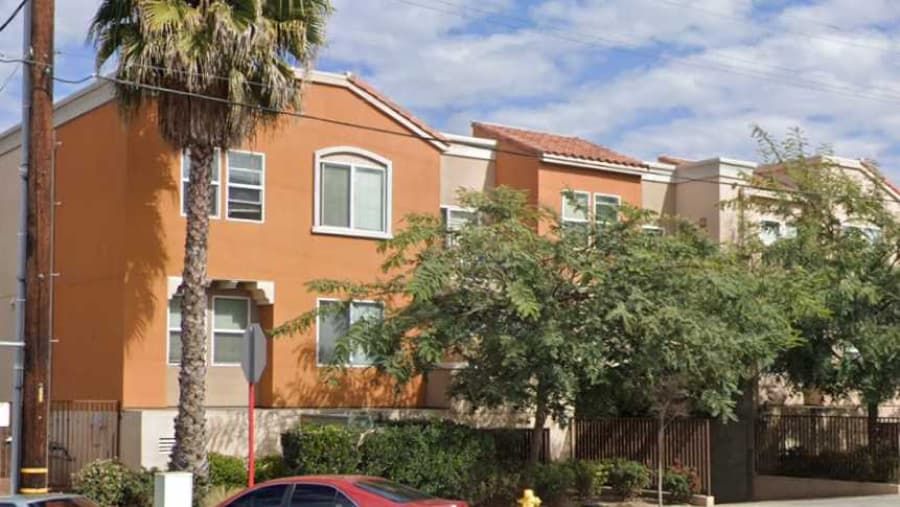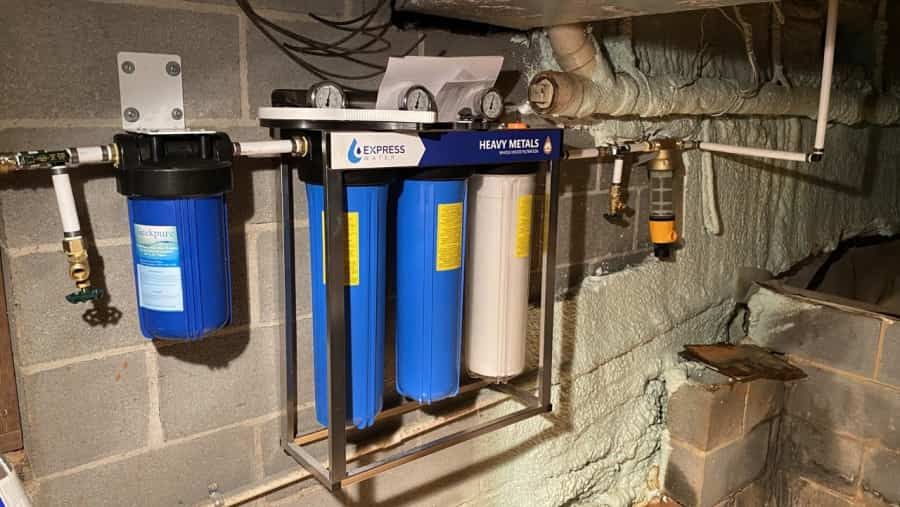Subsidized Housing Across the United States: A State-by-State Overview
Access to affordable and stable housing is a fundamental need for millions of Americans, yet the availability of subsidized housing varies significantly from state to state. In this comprehensive article, we'll explore the state of subsidized housing in each state.

Northeast
In the Northeast, states like New York and Massachusetts have long been leaders in subsidized housing, with extensive public housing authorities and robust investments in programs like Section 8 vouchers. New York, for example, boasts over 1 million subsidized housing units, the most in the nation. Meanwhile, states like Connecticut and Rhode Island have also made substantial commitments to affordable housing, though their overall inventories tend to be smaller due to their smaller populations.
Midwest
The Midwest presents a more mixed picture when it comes to subsidized housing. Illinois and Ohio have sizable subsidized housing sectors, with over 300,000 and 200,000 units, respectively. However, states like North Dakota and Wyoming have some of the lowest levels of subsidized housing in the country, with just over 10,000 units each. This disparity is often linked to the relatively lower costs of living and smaller populations in these states, which can translate to a lower perceived need for extensive subsidized housing programs.
South
The South is home to a diverse range of subsidized housing landscapes. Texas, with its large urban centers and growing population, has nearly 700,000 subsidized housing units, making it a national leader. Florida, another highly populated state, also has a substantial subsidized housing inventory of over 400,000 units. Conversely, states like Mississippi and West Virginia have more limited subsidized housing resources, a reflection of their lower overall housing costs and economic challenges.
West
In the West, California stands out as the state with the second-highest number of subsidized housing units, with over 800,000. This reflects the state's ongoing efforts to address its severe affordable housing crisis, driven by high costs of living and robust population growth. Other Western states, such as Washington and Oregon, have also made significant investments in subsidized housing, though their overall inventories tend to be smaller compared to California's.
Challenges and Opportunities
Across the country, the provision of subsidized housing faces a range of challenges, including:
1. Aging and deteriorating public housing stock
2. Limited federal and state funding for new development and preservation
3. Regulatory and zoning barriers that constrain the supply of affordable housing
4. Affordable housing shortages in high-cost urban and suburban areas
To address these challenges, many states have implemented innovative strategies, such as:
1. Expanding the use of government policies and other tax credit programs to incentivize the construction of new affordable housing
2. Using public and private partnerships to escalate the development and protection of subsidized housing
By solving these difficulties and profiting by arising chances, states can attempt to guarantee that all occupants, no matter what their pay level, approach protected, stable, and affordable housing.
In conclusion, the subsidized housing landscape in the United States is a complex and dynamic tapestry, shaped by a range of regional, economic, and policy factors. While some states have made significant investments in affordable housing, others have struggled to keep pace with the growing need. Moving forward, policymakers and housing advocates will need to continue to work collaboratively to develop comprehensive strategies that address the unique challenges and opportunities facing each state and region. By investing in subsidized housing and pursuing innovative solutions, states can play a crucial role in ensuring that all Americans have the opportunity to access the housing they need to thrive and succeed.
Guess you like
-

Top Mexican Conveyor Maintenance Services: Ensuring Efficiency and Longevity
-

Pest Control Protects Your Home
-

Free Government Phone Stand Located Nearby
-

Elektrofahrzeuge: Eine bequeme und wirtschaftliche Wahl für ältere Fahrer
-

Tips for Old People to Find Jobs
-

Whole House Water Softener and Filtration Systems: An Overall Introduction



